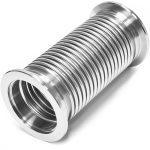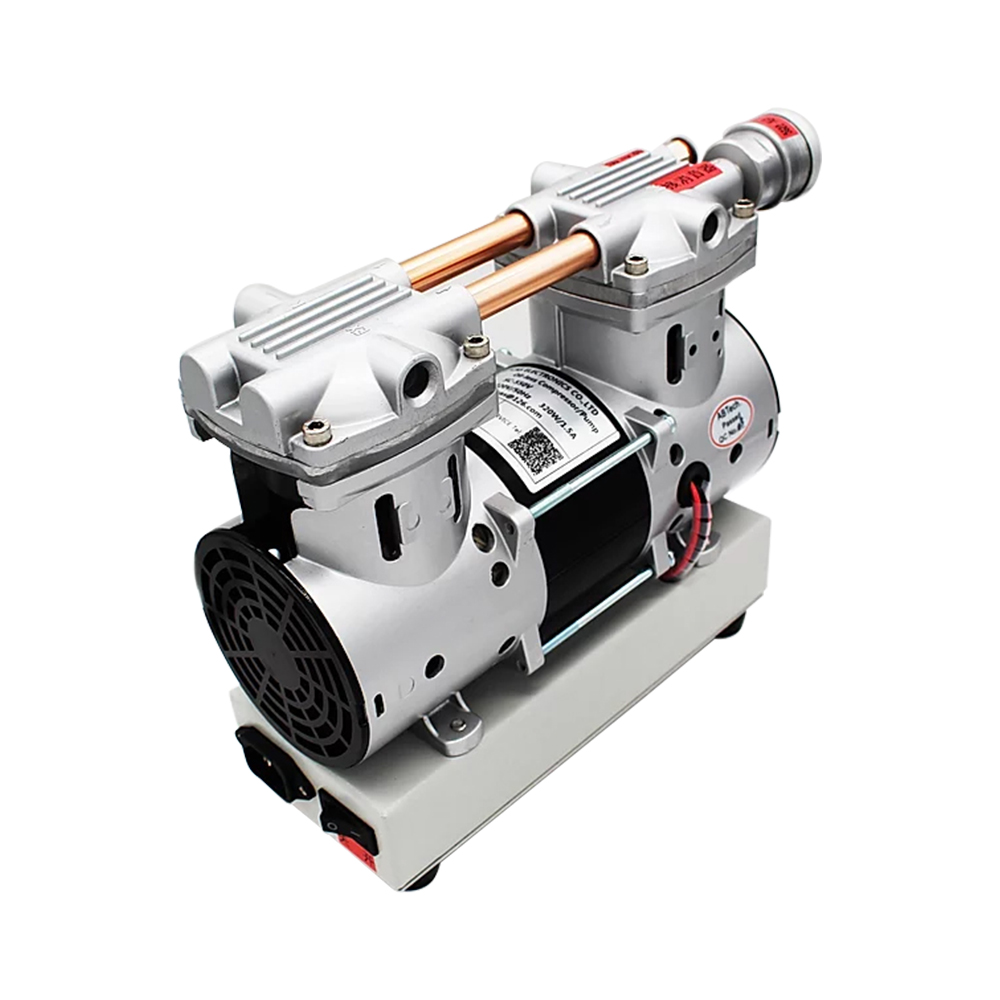
Research on Application of Bellows Expansion Joints in Thermal Pipelines
With the in-depth development of resource-saving and environment-friendly society, the concept of environmental protection and energy saving has been integrated into all aspects of life and production, and has gradually become the trend of the times. How to reflect the concept of environmental protection and energy saving in the heat pipeline, and reduce the heat loss to the maximum extent, in order to achieve the optimal and reasonable allocation of resources, has become a major and difficult issue for various technical personnel to study and discuss at this stage. The application of bellows expansion joints to thermal pipelines can not only minimize the loss of thermal power during transportation, but also supplement its heat to a certain extent.
First, the selection skills of bellows expansion joint model
- Classification of bellows expansion joints
Under normal circumstances, the bellows expansion joints sold in the market can be roughly divided into two types. One is the constrained expansion joint. The more common are the hinge type expansion joint and the large tie bar transverse expansion joint. The pipe system does not need to add any fixed brackets to obtain a higher blind plate force bearing effect; the second is a non-constrained expansion joint, which requires a fixed bracket to be installed on the pipe system to support the axial force. The common type is universal Expansion joints, axial expansion joints, etc.
- Selection principle of bellows expansion joint
During the selection of bellows expansion joints, technicians should contact the actual construction of the pipeline to match the model of the thermal pipeline. When selecting a model, the complex pipeline is to be subdivided and simplified into a typical pipe section of an expansion pipeline, which is “rounded to zero” and divided into different “I-shaped”, “L-shaped” or “Z-shaped” The shape of the pipeline is convenient for later construction and management. After the disassembly is completed, the technician should set the best type of expansion joint according to relevant conditions and actual needs, and select the matching guide bracket based on its expansion deformation trajectory. In addition, the technicians need to find out the concrete parameters such as the blind plate force and fatigue life of the bellows expansion joint to finally determine the number of brackets and the optimal fixed position.
- Specific requirements for using bellows expansion joints
(1) Set the expansion joint according to the “1: 1” rule
A straight heat pipe with bellows expansion joints should follow the “1: 1 ratio” rule, that is, one expansion bracket is provided with one expansion joint, and two or more expansion joints must not be installed to avoid uneven load. The occurrence of the situation seriously endangers the heating efficiency and safety of the heat pipes.
(2) The stiffness and strength of the bracket need to meet relevant standards
When selecting a fixed bracket, the quality should be strictly controlled, and the focus of inspection should be on the stiffness and strength of the bracket, so as to ensure that the quality of the bracket used for the heat pipe is up to standard. In addition to fixing the bracket, you should also pay attention to the data of the guide bracket and the spring hanger, and observe whether it can match the displacement form of the expansion joint, if it cannot be adjusted in time.
(3) Same diameter
When matching materials, the secondary fixing brackets with the same pipe diameter need to be added together and ensured that they are on the same horizontal line as much as possible to reduce the actual bearing value of the blind plate force of the secondary fixing bracket to the greatest extent to achieve the improvement of the thermal pipeline The safety factor and the purpose of extending its service life.
Notes for construction and installation of bellows expansion joints
- Pre-deformation of bellows expansion joint
Generally, the corrugated pipe expansion joints are systematically monitored and analyzed by relevant inspectors before production and delivery to ensure the service life and safety factor of the expansion joints. However, the manufacturer’s pre-deformation detection only stays on the axial displacement absorbed by the expansion joint, which has certain one-sidedness and limitations, and cannot fully reflect its overall pre-deformation. In this regard, before the formal installation, technicians need to clarify the type of expansion joints and the pre-deformation detection requirements of this type of product, conduct a secondary inspection on the expansion joints that need to be detected by cold drawing, and fully understand its absorption of lateral displacement and angle. The actual displacement conditions lay a solid foundation for subsequent installation work.
- Reasonable pre-stretch and compression
Before installing bellows expansion joints, technicians should conduct an in-depth analysis of the installation environment, observe changes in ambient temperature and humidity, and have the most authentic and effective first-hand information. Then based on this, scientifically and effectively pre-stretch the bellows expansion joints that need to be installed to ensure its safety and stability performance to the greatest extent, so that it can play its due effect in the heat transmission process.
- Guarantee the quality of installation
The technicians must put safety and quality first during the installation operation, improve the installation efficiency under the premise of ensuring the quality, strictly follow the relevant technical operation procedures, and do not change or add or subtract operation steps at will for the convenience of the moment. Pay attention to the standardization of the installation It is reasonable to avoid bending the expansion joint of the corrugated pipe compulsorily, so as to meet the trend of the thermal pipeline, so as not to leave hidden dangers for safe operation.
Third, the mechanical analysis of the heat pipe fixed bracket
- Force analysis of the main fixed bracket
Under normal circumstances, the main fixing bracket is installed at the end of the heat pipe, at each branch point, and at the additional point of each type of valve. It needs to withstand forces from various parties, such as internal pressure thrust, various frictional forces, and bellows. The force generated by the expansion joint in the process of continuous displacement requires the construction personnel to strictly control its force situation, comprehensively, objectively and thoroughly consider all factors that may affect its force value, and through repeated analysis and comparison. Master its actual force value and force type.
- Force analysis of the secondary fixed bracket
The secondary fixed bracket is also an important part of the fixed bracket, which has a positive effect on the normal operation of the heat pipe. During the specific installation process, technicians can choose hinge or duplex universal bellows expansion joints to achieve the role of bearing the internal pressure thrust. Thereafter, a secondary fixing bracket can be added to effectively share the remaining load force for the safety of thermal pipelines. Lay a solid foundation for stable operation.
Fourth, concluding remarks
In summary, the expansion joint is one of the metal expansion joints, which is suitable for thermal pipes with lower temperature, lower pressure and shorter length. It has strong economy, practicality, space saving, and can be effective. Realize the optimal and reasonable allocation of resources to ensure the normal heating of the heat pipes. Due to the strong plasticity of the expansion joint and the softness of the tube, technical personnel are required to strictly abide by the relevant regulations during the specific installation process, implement each operating requirement, and make the expansion joint fully play its positive role on the basis of safety and stability. , As much as possible to improve the working efficiency of thermal pipelines, and effectively reduce the amount of thermal power loss during transportation.






